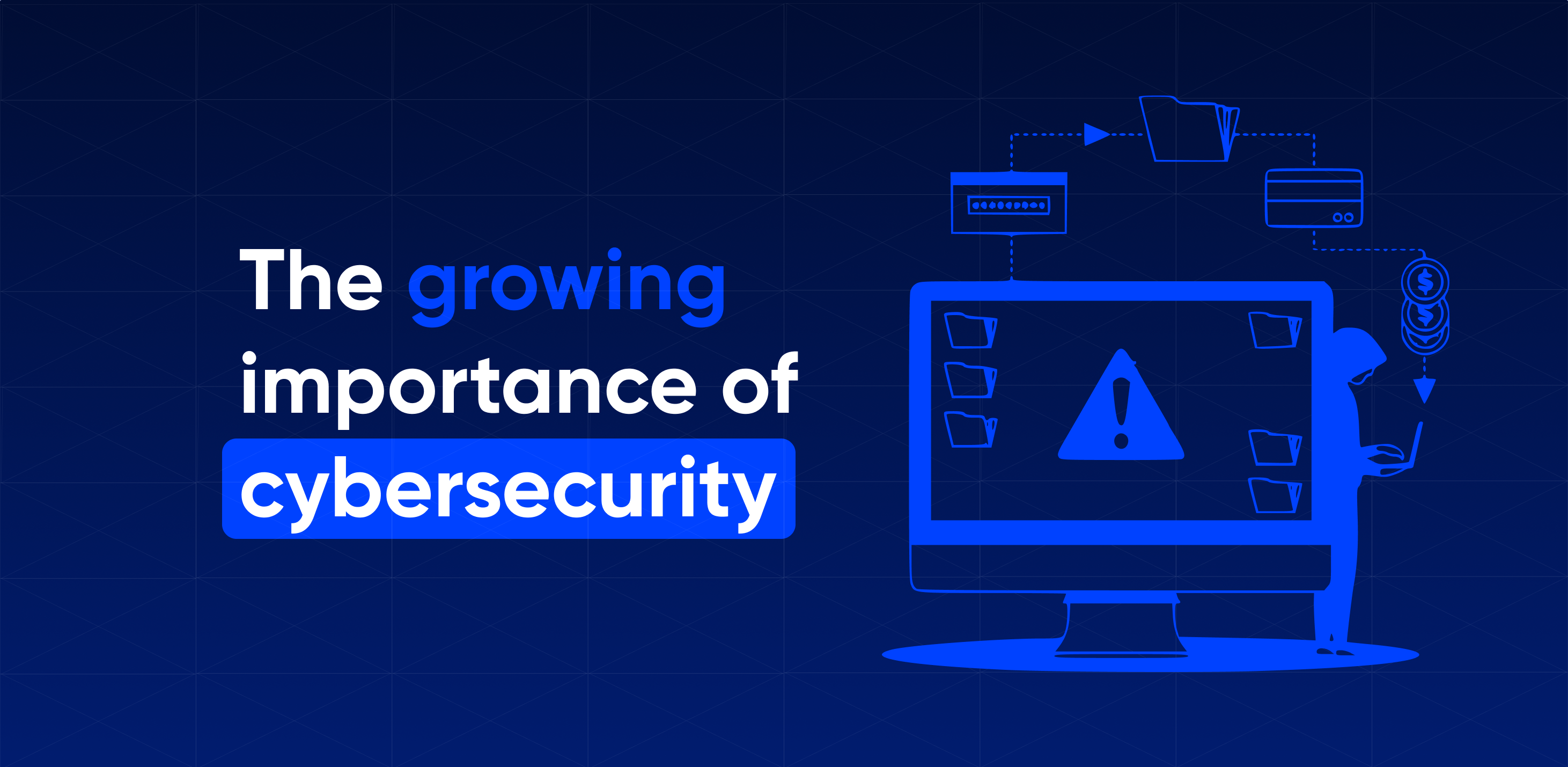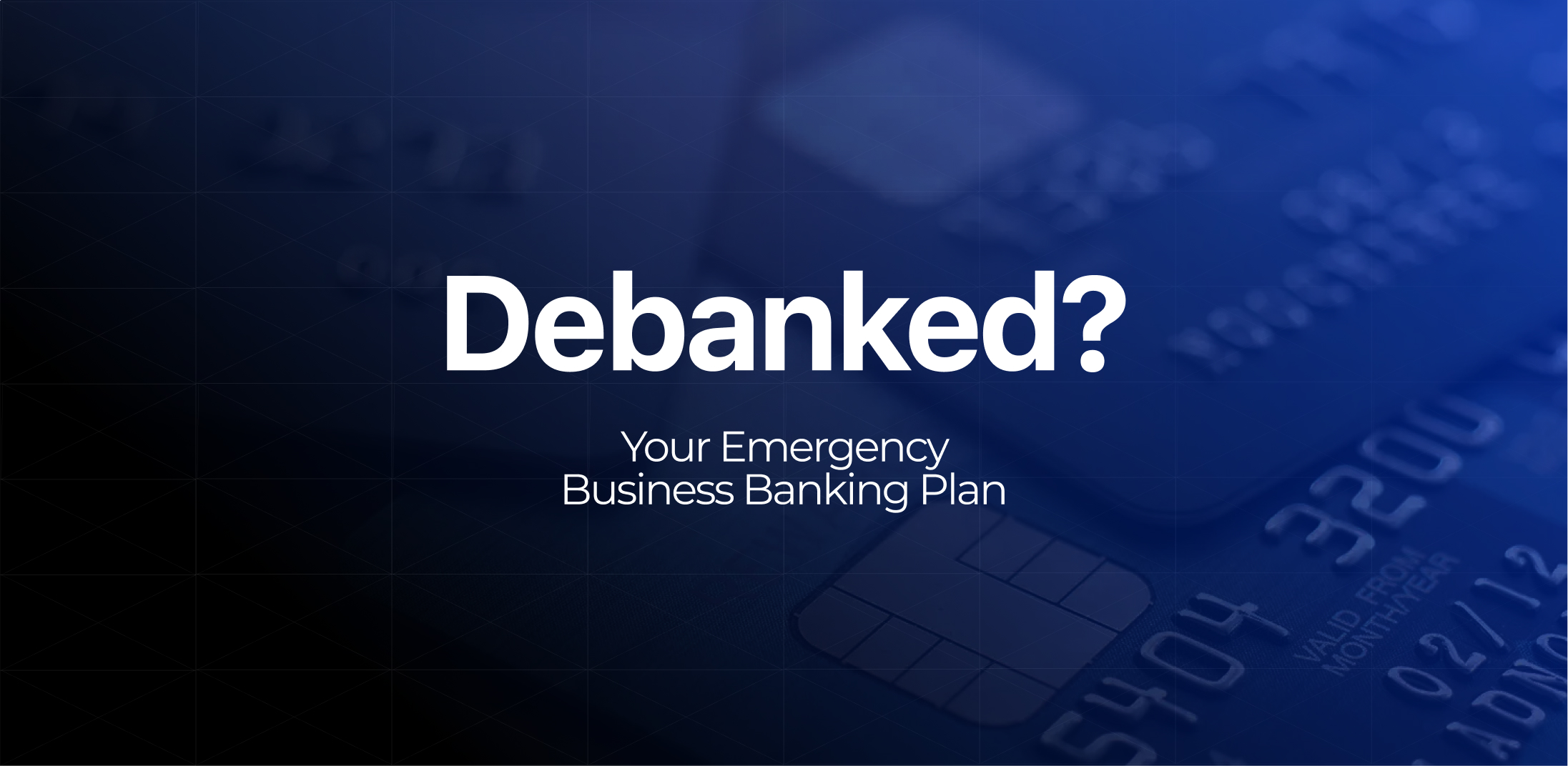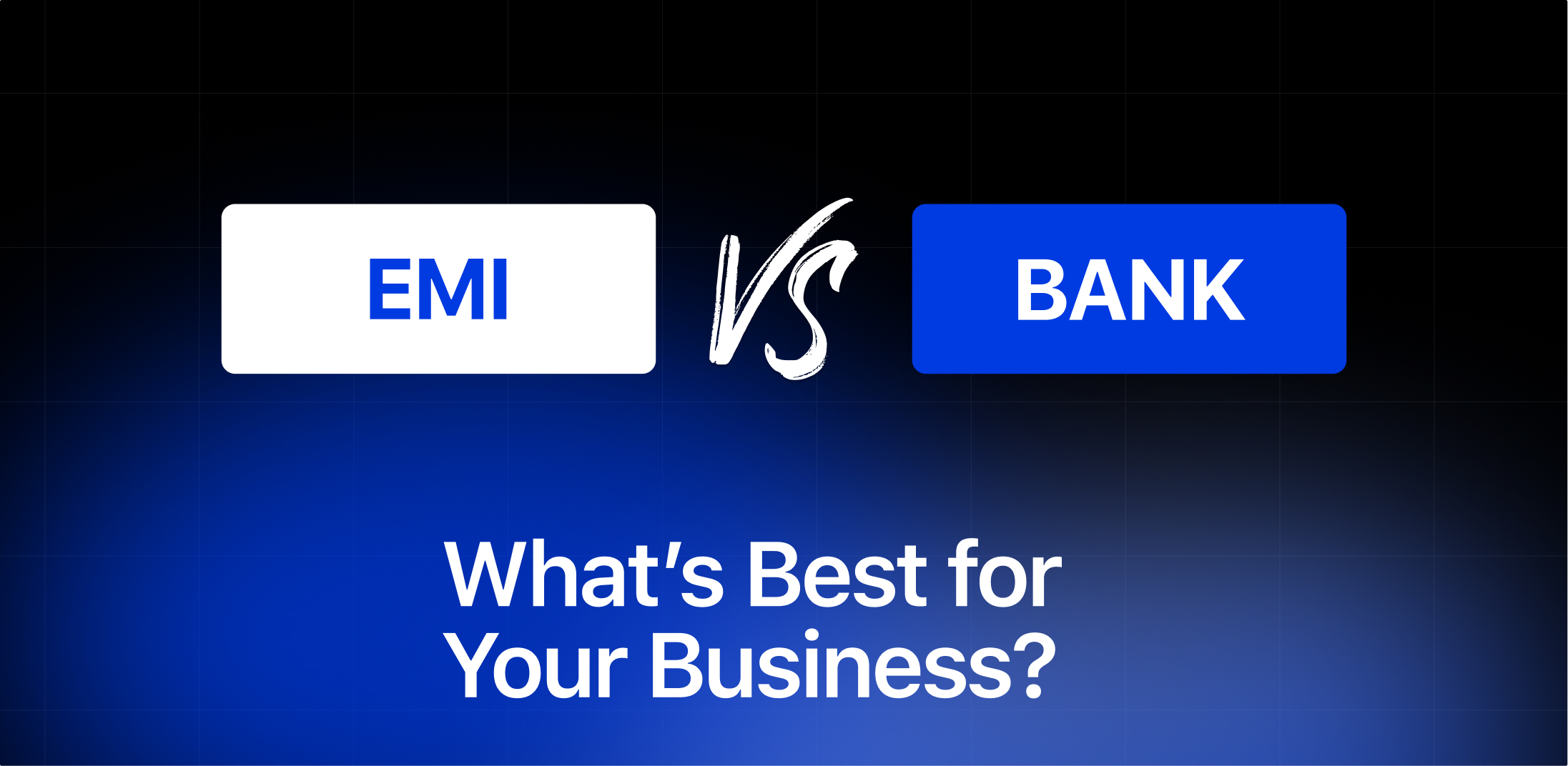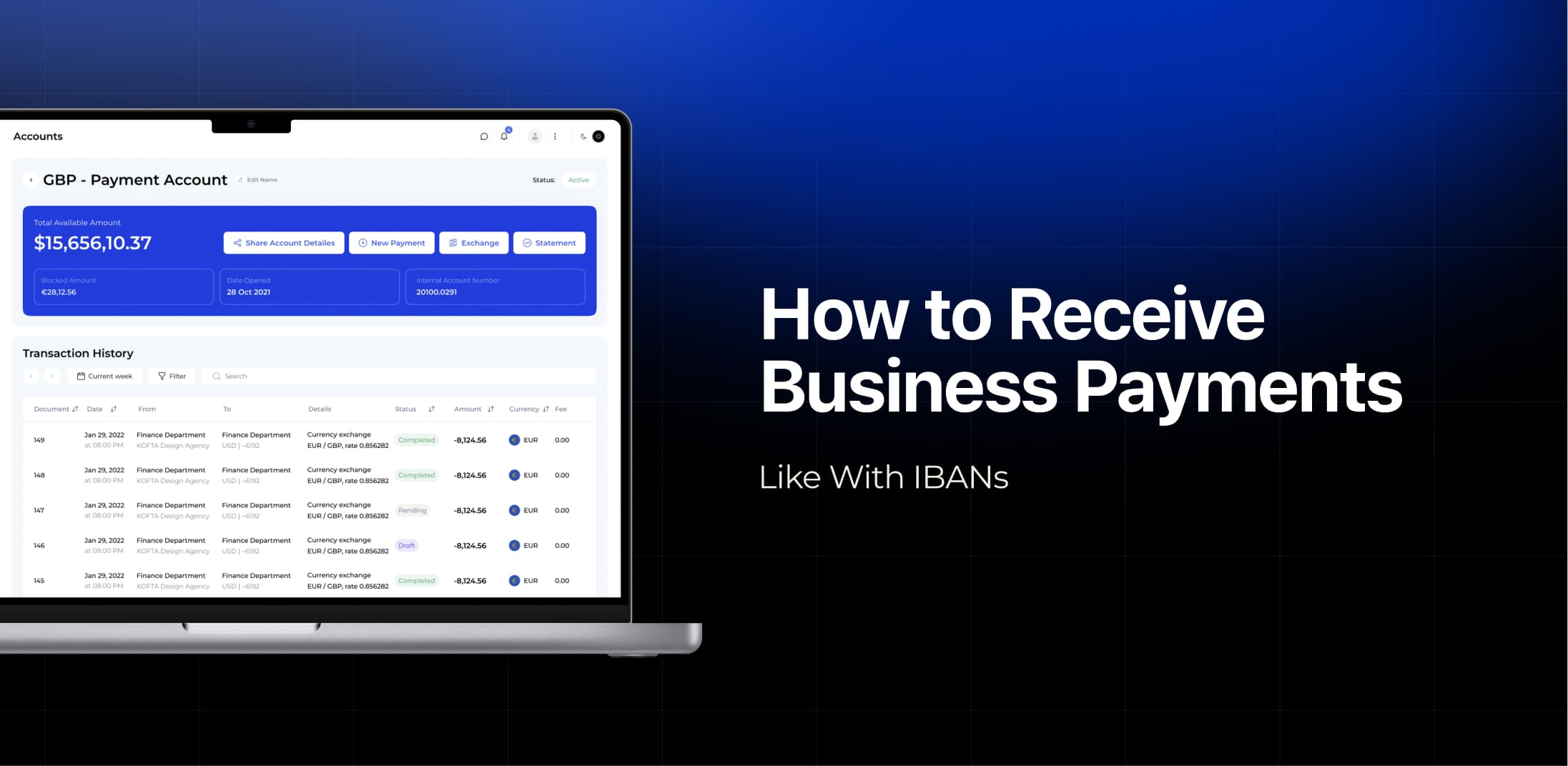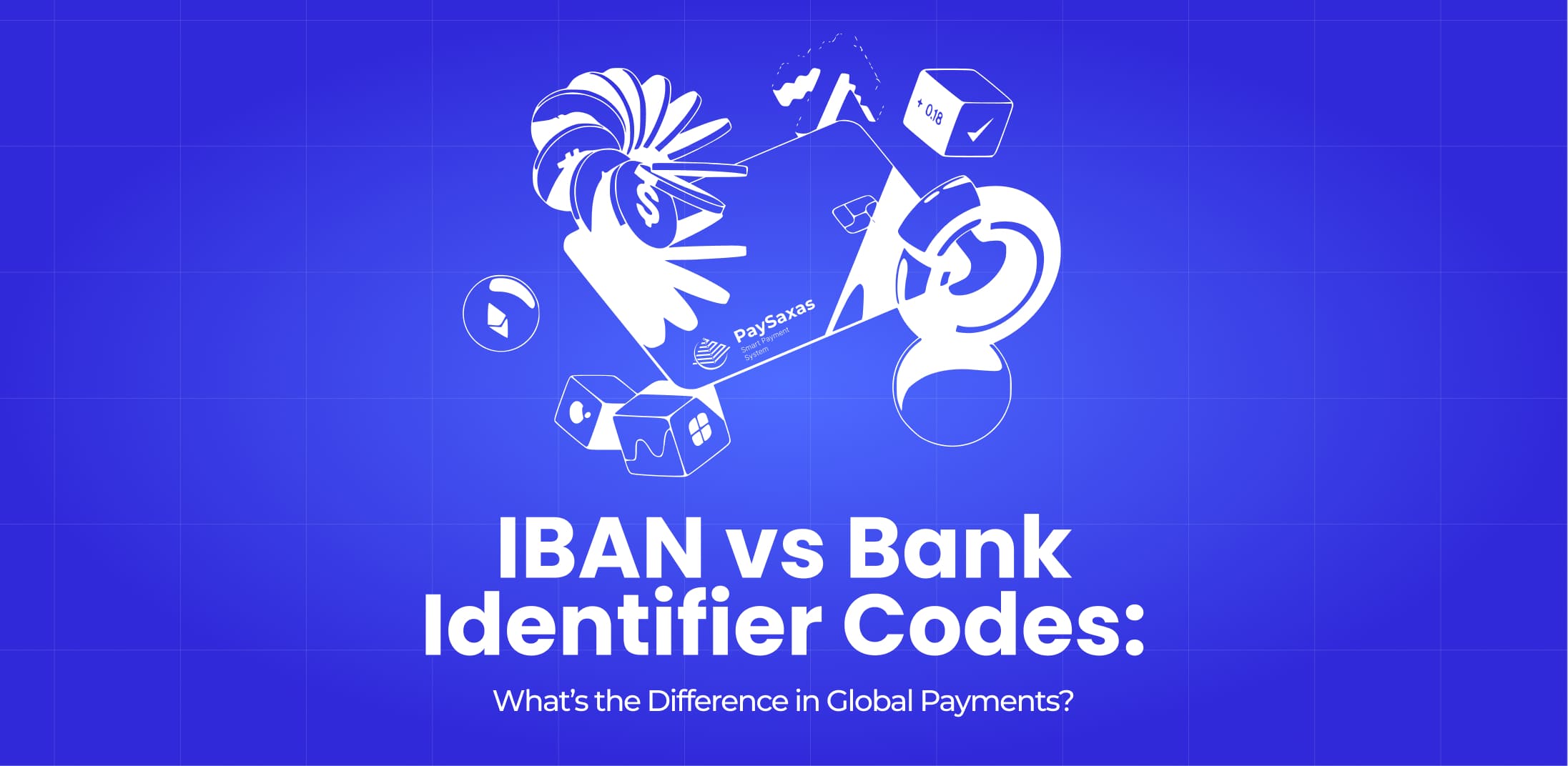Electronic financial services play an important role in the development of the digital economy, facilitating the effective management of cash flows, making payments, investing, obtaining loans, and other financial transactions. They enable users to use electronic communication channels, such as mobile applications, Internet banking, electronic wallets, digital payment systems, and other innovative technologies.
As the volume of transactions on the Internet has increased, the likelihood of becoming a victim of thieves and fraudsters has increased. Yes, such users also exist in the global network. Therefore, companies must pay great attention to developing and implementing effective measures of cybersecurity in banking to protect their systems and data from potential threats. Let’s explore this topic and how you can protect yourself in the era of technology together with the specialists of the PaySaxas team.
An overview of the payments industry
The payments industry is undergoing significant changes and transformations due to technological advances. This is a key trend today. Mobile apps, e-wallets, and online payment systems are gaining momentum, providing consumers with convenience and efficiency. That’s why the importance of cybersecurity is at the forefront of business operations.
Evolution and advancements in the payments industry
The evolution of the payments industry has encompassed significant technological and strategic changes that reflect the evolution of the global financial system and changes in consumer habits. Some key milestones and achievements in the history of the payments industry can be seen in the table below.
| Control cards | In the mid-20th century, the first control cards appeared, providing limited credit and a convenient payment method for users. |
| Electronic payments | In the 1970s and 1980s, electronic payment systems such as Visa and MasterCard emerged. They used magnetic strips and chips to enable contactless transactions. |
| Internet and e-commerce | Since the advent of the Internet in 1990-2000, e-commerce has been growing, and this requires the development of secure online payment systems and gateways. |
| Mobile payments | The proliferation of smartphones and the development of mobile technologies are leading to the emergence of mobile payment applications and wallets, such as Apple Pay, Google Pay, and Samsung Pay. |
| Cryptocurrencies and blockchain | The emergence of Bitcoin and other cryptocurrencies is expanding the possibilities of global and decentralized transactions. |
These milestones reflect not only technological advances but also the societal and economic changes that are shaping the financial industry in the modern world, as well as the importance of cybersecurity in digital payments.
The rise of digital payments and associated risks
The growth of digital payments is an important trend in the financial sector that affects the economy and consumers. With the development of technology and increased access to the Internet, the number of smartphones is getting bigger. This makes virtual transactions more accessible to a wide range of users. Moreover, the constant advancement of fintech technologies and innovations is contributing to the emergence of new payment methods, such as mobile money transfer apps, digital wallets, and others.
At the same time, the growth of digital payments brings its risks. With the intensification of virtual transactions, the likelihood of cyberattacks increases. Cybercriminals may use various methods, such as phishing, malware, infrastructure attacks, etc., to gain unauthorized access to payment systems and sensitive information. Dependence on online payments also increases the risk of technical failures or data leaks, which can cause disruptions to payment systems and losses for businesses and consumers.
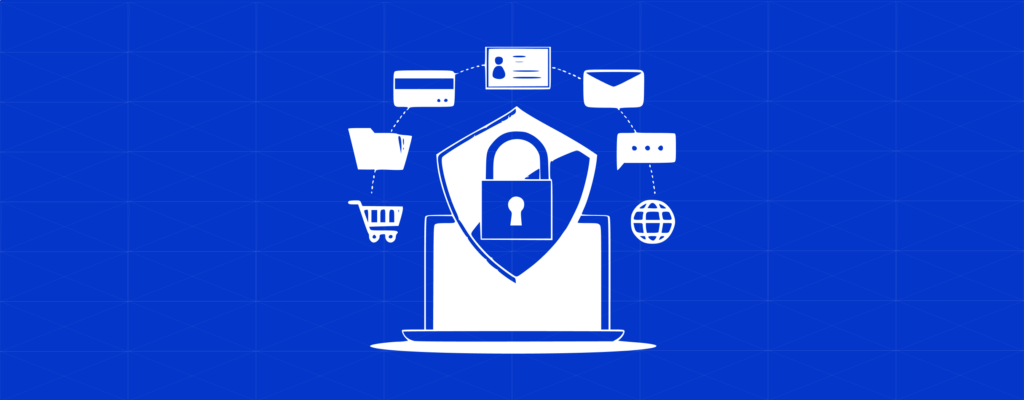
The cybersecurity landscape in the payments industry
The landscape of cybersecurity in digital payments is defined by a combination of technologies, strategies, and challenges that affect the security of electronic transactions and the protection of sensitive information. There are important aspects such as data encryption and protection, dual-band authentication, and mobile payment security that can help businesses fight vulnerability in the online world.
Common types of cyber threats in the payments industry
Some common types of cyber threats in the payments industry include:
- Phishing. These attacks involve criminals attempting to obtain authentication information, such as passwords and card details, through the use of fake websites, emails, or other social engineering techniques.
- Malware and Ransomware. Malware attacks can be used to gain unauthorized access to systems, steal confidential information, or cause damage. Ransomware is used to block access to information or systems until the payout is redeemed.
- DDoS attacks. Network displacement attacks (DDoS) can lead to interruptions in the operation of payment systems, making them unavailable to users.
- Compromising transactions. Criminals may try to alter or intercept transactions to steal money or influence payment systems.
- Botnets and IoT attacks. Criminals can use botnets and compromised Internet of Things (IoT) devices to launch distributed attacks or to gain entry into payment systems.
Maintaining and implementing high standards and the importance of cybersecurity, encryption, monitoring, and incident detection are important steps to protect payment infrastructure from these threats.
Importance of cybersecurity in the payments industry
These are some of the factors that point to the significance of cybersecurity in banking.
Protection against financial losses
The payment industry, which processes significant amounts of money, is becoming the target of the most sophisticated cyber threats. Protection against financial losses is an integral part of cybersecurity in the digital payments’ strategy. Preventing unauthorized transactions, and detecting and responding to anomalies in payment systems are critical to ensuring the financial stability of companies and the trust of users.
Safeguarding customer data and maintaining trust
The confidentiality and integrity of customer data are extremely significant aspects in the payments industry. Protecting against unauthorized access to personal information, credit card data, and other sensitive details is key to maintaining user trust. The development and implementation of effective encryption mechanisms and access control systems play a crucial role in ensuring the security of customer data.
Compliance with legal and regulatory requirements
Prevention and compliance are an integral part of a cybersecurity in digital payments strategy. Legal and regulatory requirements for data protection, authentication, and other aspects of cybersecurity define the requirements that companies must meet. Compliance with these standards not only protects companies from sanctions, but also helps to maintain trust from users and partners.
In general, security in the payments industry is a significant element of consumer confidence, financial system stability, and the successful functioning of the economy. Improving the level of cybersecurity is an urgent task for all participants in this industry.
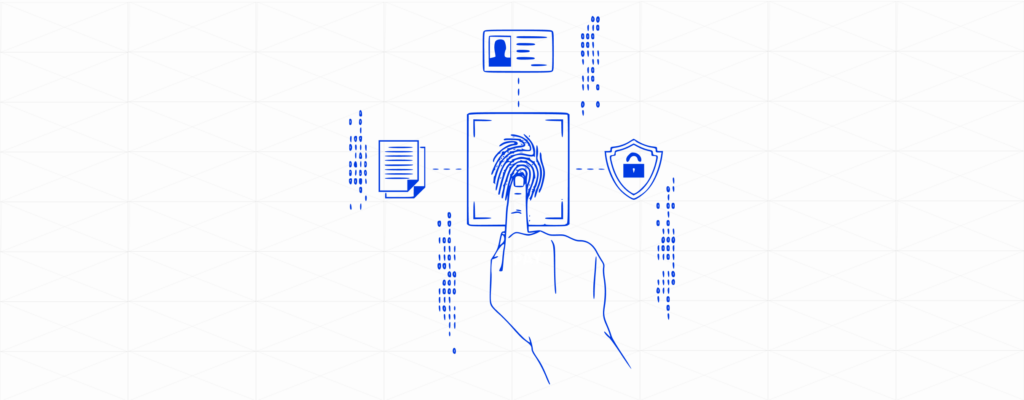
Standard practices for cybersecurity in the industry
Standard cybersecurity practices in the financial sector include a number of measures and strategies that are designed to protect financial institutions, payment systems, and sensitive financial information. Please see some of the most common standard practices below.
| PCI DSS (Payment Card Industry Data Security Standard) | This standard defines the requirements for protecting confidential cardholder information. Credit card companies must comply with the PCI DSS, including using encryption, implementing access control measures, and conducting regular penetration tests. |
| ISO 27001 (International Standard for Information Security) | The ISO 27001 standard defines an information security management system. Companies in the financial industry can use this standard to develop and implement effective information security control systems. |
| Financial industry advisory and regulatory commission (FFIEC) | For financial institutions in the United States, the Federal Financial Institutions Examination Council (FFIEC) develops and publishes cybersecurity guidelines and regulations that help ensure the resilience and protection of the financial system. |
| Network security | Implementation of effective network security strategies, including protection against DDoS attacks, firewalls, intranet systems, and other technical means to prevent unauthorized access. |
| Information literacy and staff training | Training of financial institution staff on information security rules, social engineering detection, and phishing attack prevention. |
These standard practices provide a framework for establishing comprehensive cybersecurity programs in the financial sector, ensuring protection against modern cyber threats and compliance with high security standards.
Future trends in payment industry cybersecurity
Future trends of cybersecurity in banking will be driven by a combination of new technologies, evolving cyber threats, and increasing data protection requirements. Here are some key areas to expect.
Artificial intelligence and machine learning
The use of artificial intelligence and machine learning to analyze large amounts of data and detect anomalies. These technologies will enable the creation of more efficient and adaptive cyber threat detection systems.
Biometric authentication
Expanding the use of biometric technologies for strong authentication, such as fingerprint, face recognition, or eye scanning. This will help increase security and protect against unauthorized access.
Expanded Use of Tokenization
Tokenization, which replaces sensitive information with unique tokens, will be more widely adopted to protect payment data. This will avoid the direct storage of sensitive information.
Cyber insurance
Cyber insurance is growing in popularity to protect against financial losses related to cyber threats. Companies will be looking for insurance policies to protect themselves from the possible financial consequences of cyberattacks.
These trends demonstrate the need for continuous innovative development in the field of cybersecurity in the payments industry to ensure protection against current and future cyber threats. Let’s follow this topic together with the PaySaxas team. We’ll help you stay up-to-date on the latest developments.


